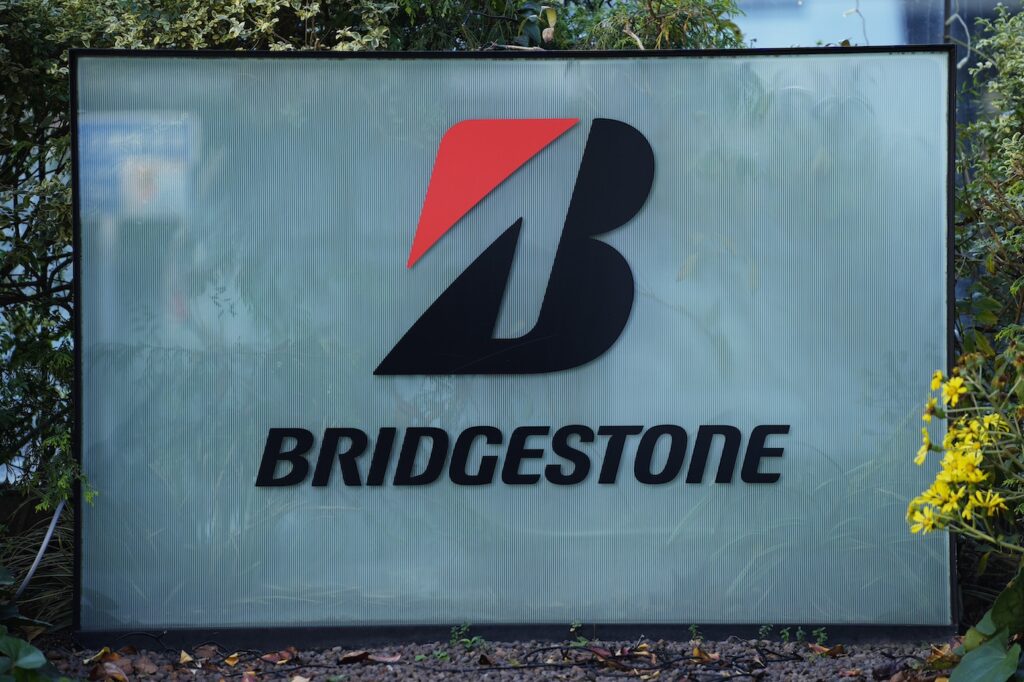Bridgestone Announces Closure of Tennessee Tire Plant, Resulting in 700 Layoffs and Other Workforce Reductions
In a significant move, tire manufacturing giant Bridgestone Americas has announced the closure of its LaVergne, Tennessee, truck and bus radial tire plant. This closure, part of a broader strategy to optimize the company's business footprint, will result in the loss of 700 jobs. Additionally, the company has disclosed plans to implement workforce and capacity reductions at other plants, including in Des Moines, Iowa, as well as in Latin America. The announcement is a reflection of the challenging economic environment and the company's effort to realign staffing levels to maintain competitiveness and operational efficiency.
The Impact on LaVergne, Tennessee
The LaVergne facility, once a key production site for Bridgestone in North America, holds significant historical importance. It was the first Bridgestone tire plant in North America, opening its doors to tire production years ago. However, in 2009, the company shifted its focus, ceasing the production of tires for cars and light trucks at the LaVergne site. This decision resulted in the loss of a substantial number of jobs, with approximately half of the plant's workforce being laid off at that time.
Despite this change in product focus, the LaVergne plant continued to serve as a production facility for truck and bus radial tires. However, in response to market demands and shifting business priorities, Bridgestone has now made the decision to close the facility altogether. This move, which is expected to impact the local economy of LaVergne, has been framed as part of the company’s efforts to "optimize its business footprint" and "strengthen its competitiveness." The closure is expected to have a long-term effect on the community, particularly for workers who will lose their jobs and those who depend on the facility for business.
Company’s Strategic Shifts and Global Workforce Reductions
Bridgestone's decision to shut down the LaVergne plant is not an isolated event. The company has also revealed plans for workforce reductions at its Des Moines, Iowa, agriculture tire plant, and other corporate and operational locations across the United States. This reduction strategy extends beyond the U.S., with Bridgestone also planning workforce and production capacity cuts in Latin American countries like Argentina and Brazil. In total, these reductions are a part of the company’s ongoing effort to adapt to a challenging global economic environment.
Emily Weaver, a spokesperson for Bridgestone Americas, explained that these workforce reductions are a response to the economic pressures that have been challenging the industry. According to Weaver, the company has been undergoing a realignment of staffing levels to ensure that it can remain competitive in the ever-changing tire manufacturing market. This restructuring, which involves both voluntary and involuntary layoffs, will impact about 4% of the company’s nearly 44,000 employees across North America and Latin America.
These workforce reductions, while aimed at strengthening Bridgestone's overall business structure, are likely to affect employees across various departments. From production line workers to corporate staff in sales and operations, the impact of these cuts will be far-reaching. The restructuring is a response to a broader trend in manufacturing, where companies are increasingly focused on efficiency and cost-cutting measures to maintain profitability amidst fluctuating market conditions.
Impact on Workers and Communities
The direct consequence of these layoffs is felt most keenly by the employees affected. Losing a job, particularly in manufacturing industries, can have significant economic and social impacts. For many workers in LaVergne and other affected regions, this is not just a matter of losing a paycheck, but also the loss of long-term employment security. Bridgestone has committed to supporting affected workers, with preferential hiring rights being extended to unionized workers in other plants, such as those in Des Moines, Akron, Ohio, and Russellville, Arkansas.
The preferential hiring rights provide some level of support to displaced workers by giving them an opportunity to transfer to other Bridgestone plants, reducing the immediate pressure of unemployment. However, these positions may not always be a perfect fit for all workers, and the transition could involve relocating or adapting to new roles, which may not align with their previous skillsets. For employees in communities where Bridgestone plants have been a major employer, such as LaVergne, the ripple effect of this closure could be substantial, impacting local businesses, schools, and public services that rely on the presence of a large employer.
It is important to consider that these workforce reductions are taking place in an already challenging economic environment. The tire manufacturing industry has faced significant pressure in recent years, due in part to fluctuating raw material costs, increased global competition, and shifts in consumer demand. Many tire manufacturers have been forced to reevaluate their operations and reduce costs wherever possible. Bridgestone’s decision to reduce its workforce is a reflection of this ongoing trend and highlights the need for companies in the industry to adapt to changing market conditions to survive and remain competitive.
The Global Landscape: Bridgestone’s Plans for the Future
Bridgestone’s decision to cut jobs and optimize its operations is not unique to the company but part of a broader shift taking place in the global manufacturing sector. Many multinational companies, especially those in industries such as automotive and tire manufacturing, are constantly reassessing their operations to remain profitable in a global economy that is increasingly interconnected yet volatile.
Companies in the tire industry face multiple challenges, including rising production costs, changing consumer preferences, and environmental concerns. With the increasing focus on sustainability and eco-friendly products, tire manufacturers are under pressure to innovate and produce tires that are not only high-performing but also environmentally responsible. Bridgestone’s ability to adapt to these changes will play a key role in determining its future success in the competitive tire manufacturing market.
In addition to workforce reductions, Bridgestone is investing in technologies and strategies aimed at reducing its environmental footprint. This includes the development of more sustainable tire materials, the adoption of energy-efficient manufacturing processes, and the exploration of alternative tire recycling methods. As part of its commitment to sustainability, Bridgestone has set ambitious goals for reducing carbon emissions and increasing the use of renewable materials in its products.
Bridgestone’s efforts to strengthen its competitiveness also involve expanding its product offerings and exploring new markets. For instance, the company has made significant strides in the development of tires for electric vehicles (EVs), which are rapidly gaining popularity. With the growing demand for EVs and the transition to cleaner forms of transportation, Bridgestone is positioning itself as a leader in this emerging market by designing tires that are optimized for electric vehicle performance.
Looking Ahead: Economic Trends and the Future of Manufacturing Jobs
The closure of Bridgestone's LaVergne plant and the broader workforce reductions across the company underscore a growing trend in the manufacturing sector, where companies are increasingly looking to streamline operations and reduce costs. While these moves are necessary for companies to remain competitive in a rapidly evolving global marketplace, they also raise important questions about the future of manufacturing jobs and the workers who rely on these industries for their livelihoods.
As automation and advanced technologies such as artificial intelligence and robotics continue to reshape the manufacturing landscape, the demand for traditional manufacturing jobs is likely to continue to decline. While these technologies can improve efficiency and productivity, they also reduce the need for human labor in many areas of production. This shift poses challenges for workers who may find themselves displaced by technological advancements and need to acquire new skills to remain employable in a changing job market.
Moreover, the impact of globalization cannot be overlooked. With manufacturing operations increasingly being outsourced to countries with lower labor costs, workers in higher-cost countries like the United States are facing greater competition from international markets. This has led to a decline in well-paying manufacturing jobs in certain regions, especially in areas where industries like tire manufacturing have historically provided stable employment.
To ensure that workers are not left behind, it is essential for governments, businesses, and educational institutions to collaborate on workforce development initiatives that help workers transition to new industries. Providing access to retraining programs, apprenticeships, and other forms of education will be critical in helping workers acquire the skills needed to thrive in an increasingly automated and globalized economy.
Conclusion
Bridgestone’s decision to close its LaVergne, Tennessee, tire plant and reduce its workforce in various locations is a significant move that reflects the broader challenges facing the manufacturing industry. While the company’s efforts to optimize its business footprint and strengthen competitiveness are necessary in an increasingly competitive global market, they come at a cost to workers who will lose their jobs and face uncertain futures. This closure and the accompanying workforce reductions highlight the changing nature of the manufacturing industry and the need for workers to adapt to new technologies and market demands.
As the global economy continues to evolve, companies like Bridgestone will need to strike a delicate balance between cost efficiency and maintaining a workforce that is capable of adapting to new challenges. For workers affected by these changes, the path forward will involve not just finding new employment opportunities but also acquiring the skills needed to thrive in an economy that is increasingly defined by technology and automation.






























0 Comments